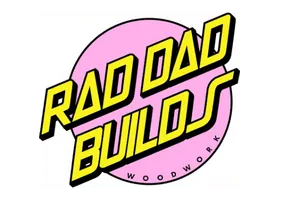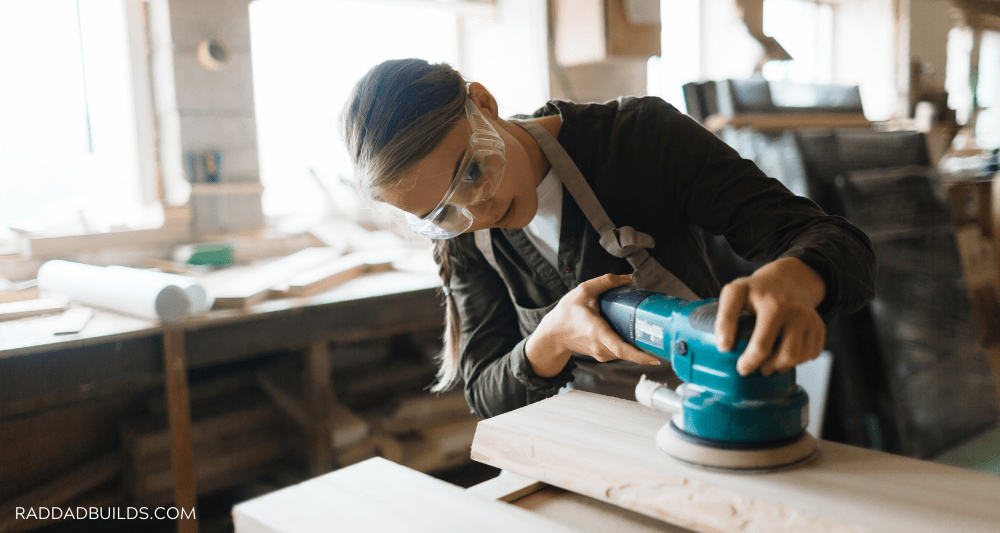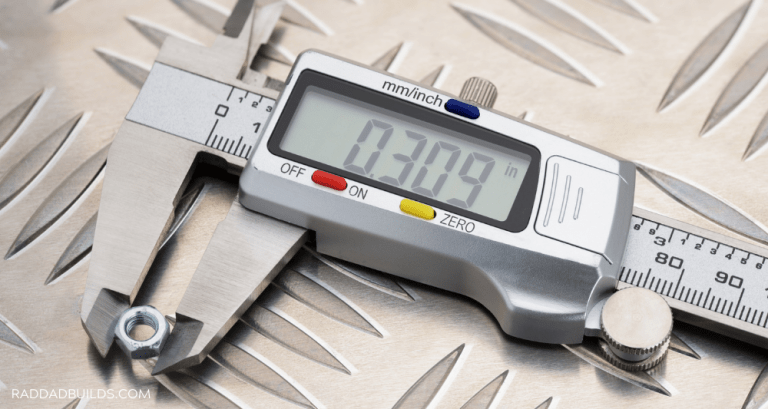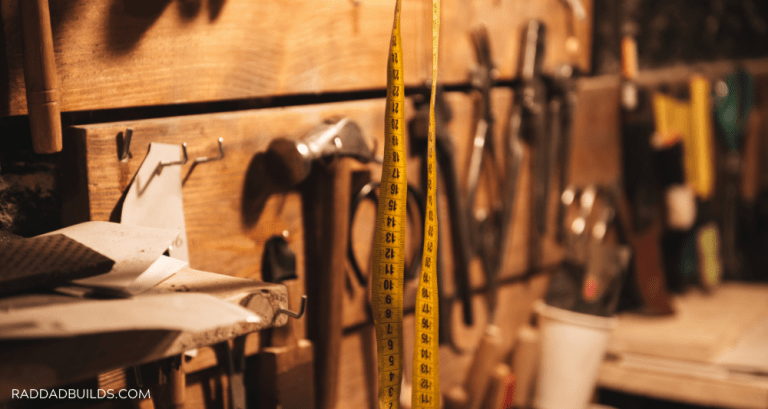Different Types of Sanders
There are various types of sanders, each has its own properties and is meant for specific purpose. If you want to smoothen the surfaces, you might have used sanders and even might be searching for suitable sanders.
A sander is a tool that is used to smoothen the surfaces by abrasion with the help of sandpaper. Sanders have a mechanism to stick with the sandpaper. Sanders have a mechanism to move them quickly that are contained within a housing with means to hold it and fix it to a workbench.
If you are searching for suitable sanders for domestic or professional use, this article may be suitable for you. Sanders are not like other common types of tools, in fact, they are used under different names. Thus, it becomes difficult for people who try to find the right sander for your use.
Moreover, it should also be pondered that most of the sanders use sandpapers, but some other sanders use different kinds of material to do the same thing.
This site uses ads and affiliate content, earning commission on qualifying sales. Disclosure.
These sanders start at 60 grit and turn to be finer ones when more grit is added to them. Sanders start at this initial rough point, but end with a smoother touch with more added grit.
Below you can find a list of different types of sanders that are used commonly. Also, the mechanism through which these sanders are used, and how these sanders work, have been discussed.
Different Types of Sanders
Table of Contents
If you are doing woodwork and some other similar works, these 12 sanders would be helpful for you. Some of these sanders are hand-held while, others are stationary. Sanders work on two basic concepts, i-e. through drums and flat surfaces.
For drums, a single drum or belt is used and for flat surfaces, usually, round sanders are used.
Surface Sanders
Surface sanders are used commonly to smooth uneven surfaces. Some of the surface sanders have a large length to approach even your ceilings and some of the surface sanders are smaller in length. These small-length surface sanders are useful for finishing the small work very efficiently.
Surface sanders are extensively used for smoothing the edges, for preparing surfaces for paint, removing unwanted edges, and removing material from wood surfaces, etc.
Belt Sander
Belt sander is also called strip sander, and is one of the most efficient surface sanders. Belt sander is usually used in shaping and finishing different materials especially wooden material. The sandpaper in this sander is placed on an electric motor that shapes into a pair of drums. Belt sanders can be handheld and moved over the material, and can be fixed, where the material moves itself toward the belt. The fixed sanders are usually tied with a disc sander.
Belt sanders have four common sizes with reference to their belt sizes. The smallest belt sander is 3x 18 inches, the second one is 3×21 inches, the third one is 3×24 inches and the final one is 4×24 inches.
Among these sizes, the smallest size is not only the best hand-able size, but also this is the easiest one to control. 3 x21 has good speed, and a moderate power balance, which makes this size the most popular size among all.
Also, the third size though has a long coverage, but is less stable. The final size can sand on a large area and thus takes a very short time to flat the surfaces.
However, the fixed sanders which are also termed as stationary sanders are sometimes fixed on a workbench. In such case, the fixed sanders are called bench sanders. Belt sanders are usually used for the initial stages because of their extreme action modes. Due to their aggressive nature, they are often used for removing paints and finishing of furniture.
Belt sanders consist of fine-grit sandpaper, and therefore, are used for making the surface completely smooth.
Moreover, the fixed belt sanders are used for finishing non-ferrous metals like aluminum. As belt sanders have less clogging, they tend to smooth the surfaces of non-ferrous metals which have high clogging capacity. You must always follow the grain to reduce the causes of scratches, while using belt sanders.
See our pick for the Best Belt Sander.
Disc Sander
A disc sander has replaceable circular shaped sandpaper which is attached to a wheel turned by an electric motor and sometimes compressed air. For that reason, disc sander is usually used and termed a stationary machine. Various angles can be adjusted through molting the wooden work pieces that are mounted on a front bench.
Moreover, these mounted sanders use a wheel in place of disc, and thus smoothen the surface area very accurately. Another interesting thing is that you can add various grit sizes to these sanders for doing different jobs.
Due to the high speed of rotation of disc, the handheld sander is suitable to smooth even the large surface areas. Also, the fixed sanders work well on different materials including wood and plastic, etc. therefore, they are more popular.
Additionally, you can adjust the surfaces as per your will, depending on kind of material on which you have to work.
Detail Sander
The detail sander has a triangular pad which uses special cohesive sandpaper, and closely resembles an iron. Detail sanders are also known as mouse or corner sanders. This sander has a hand-held uses a small vibrating head along-with a triangular piece of sandpaper attached.
Detail sanders are smaller in sizes and sometimes come with various attachments for more precise and specialized work.
Moreover, the strange shape of this sander allows it to arrive crevices a normal sander cannot adjust. Because of their accuracy and minute adjustments, detail sanders are used commonly for fitting into corners and for wrapping around the tight spaces like spindles of a chair leg. They can also extensively sand odd appearances and a beneficial tool for crafts.
See our pick for the Best Detail Sander.
Drywall Sander
Drywall sanders are usually disc sanders with a long pole. Some of these sanders have fitted handles while others have rectangular sanding surfaces. Most commonly, they have vacuum inside them to collect the sand particles. These sanders are used to reduce the cohesions and smooth the surfaces.
A drywall sander is used in smoothing drywall to acquire an accurate and finished effect. While smoothing the surface, drywall sanders involve the application of three-layered plastering material. After applying these three layers, you can then accomplish the whole sanding process to remove all the abrasion and smooth the uneven surfaces.
Drywall sanders have an elongated approach and for that reason, they are used on ceilings and on similar places where you would require a ladder to reach. Therefore, drywall sanders are among the most popular sander types liked by consumers.
Always make assurance of wearing a mask while sanding for your protection from dust. There is a large variety of sanders that are available in the market, depending on their costs and unique properties. Because of high-cost price and time, it is advisable to use these sanders only once.
File Sanders
With extremely narrow belts, file sanders can be easily adjustable even in the smaller spaces. File sanders are either electric in nature or have air power. Because of their useful properties, they are perfect for long and precise work.
As these sanders are less aggressive in nature, they can be regularly used in those areas where other types of sanders cannot be used extensively.
It is always recommended to use file sanders on sensitive areas where regular sanders cannot work properly. Together with efficiency and effectiveness, these sanders are among the most productive sanders.
Orbital Sanders
Orbital sanders work under several names including circular sanders, finishing sanders, pad sanders, palm sanders, quarter-sheet sanders, rotary sanders, sheet sanders, and vibrating sanders. Orbital sanders have perfect controlling nature. Due to these properties, orbital sanders are named as quarter-sheet sanders.
Orbital sanders have two spring-loaded clamps, which are held onto the flat sanding surface. The sanding pads vibrate and reside around the tiny circular orbits, this is where most of the sander have attained their nicknames.
These sanders are compact in nature and can be used with one hand. Between the standard sandpaper sheets which are 9×11 inches, only ¼ parts is used by orbital sheet, which can be easily cut by hand. Because of being light in weight and refined movement, these sanders are perfect for finishing.
Orbital sanders are often given the nickname of finishing sanders, provide an extra fine work including the removal of putty, rounding stiff edges, and smoothing surface.
As this sander is suitable for small works, this is not recommended for heavy projects. Also, you can have a difficult time while smoothing the surface through this sander.
Oscillating Spindle Sander
Some of the oscillating spindle sanders have an add-on option that may turn the drum into a belt sander. In this manner, standard sanding belts are used. These sanders are used primarily for smoothing board edges.
Some large models of these sanders are able to adjust the angle of the front table by up-to 45 degrees. These models help in creating beveled edges.
An oscillating spindle sander is a part of drum family. It seems like a sanding drum having protrudes ranging from a benchtop or a freestanding table. When the sander moves, the drum also moves upward and lowered on its spindle.
By this way, the wood surface comes into contact with the entire drum. Altogether, these features assist in reducing grooves. But on the other side this sanding drum can eliminate wear on the drum surface by its smooth distribution.
The drum sizes that are available have variant sizes. The benchtop models have four inches tall drums that ranges between ½ to 2 inches in diameter. Whereas, the freestanding tables have 4-inch long drums that ranges up-to 5 inches in dimeter.
Because of the vertical design of drum, this tool works immensely on curved surfaces modified by band saws and some other similar tools. Even after this procedure, sand straight lengths efficiently.
See our pick for the best oscillating spindle sander.
Random Orbital Sander
This sander is though similar to orbital sander, but has a round pad in place of a square one. This pad works by circling in small orbital designs. As a result of this, the typical swirl pattern is left behind by regular orbital sander.
The diameter of the pads ranges between 5-6 inches. These sanders use PSA disc or Velcro-like discs. Additionally, grips in D shape and one-handed palm are available. Because of their versatilities, these sanders are called all-rounder sanders.
Random orbital sanders are used for preparing the surfaces before and after paint through sanding. Moreover if you want extra-smooth sanding, random orbital sanding must be the right option for you. They are easily available in workshops and require a limited scale budget to purchase them.
See our pick for the Best Random Orbital Sander.
Sanding Block
Sanding block has no power obligation for its operation, therefore, they can be used for wet sanding and in locations, where no power is required.
Moreover, because of their suitable surface compatibility, these hand sanders quickly attach to sandpaper and other similar kind of surfaces where a strong grip is required. Because of perfect design, size and low bulk creation, sanding blocks are considered to be a perfect match for crafts and toolboxes.
These sanders have been in use since the near past, and vary in types. There are various sizes and types of sanders including handle blocks, solid block, simple bar handle and ergonomic palm surfaces, etc. The most common type that is in fashion these days, is the foam sanding block.
Table Sander
Table sanders are stationary in nature and consist of a disc sander. They are powerful, sleek, and large in sizes, for that reason they are used in larger woodworking shops and similar industrial factories. High power of these sanders, is uncontrollable, therefore, they are not used for precision work and can be used for removing extensive material rapidly.
There are various types of table sanders that have different expertise, but the most common type is taut belt. Taut belts are used on a large scale because of their accurate working capacity.
Another kind of table sander, i-e. Slack belts are popular in making guitars, the sanders are used to furnish a smooth surface when a fine grit paper is utilized.
Floor Sanders
Floor sanders are used in stripping and prepping floors of larger extent.
Depending on the extent of floors and also for smoothing even the concrete floors, various types of floor sanders are available in the market. Among the most common types of floor sanders, drum and edgers, etc.
Drum Sanders
Drum sanders are heavy, very powerful and can be used for large floors. Because of their heavy weight, it needs the assistance of at least two people to transport it. Also, it is quite costly, therefore, most of the time it is rented.
To operate this sander, you would require expertise so that you may control the extra power of this sander.
Also, take due care while creating gauge marks in the floor. Drum sanders are pushed like lawnmowers and are used to remove paint stains, stickiness and other factors that are not needed.
See our pick for the Best Drum Sander.
Edging Sanders
Edging sanders are heavy-duty sanders, and make the floor work replenishing. These disk sanders can reach even the higher roof-tops where usual sanders cannot reach and smooth the surfaces evenly. They are longer in usual length but are still smaller in size than of the drum sanders.
As they are larger in sizes, they should be handled with certain attention and care. In other case, if you won’t use it with care, these sanders can damage the floor.
Which Sander should you use?
For smoothing the surfaces, removing paint stains and for similar discourses, you must require an efficient and cost-effective sander. For the selection of right sander, following two common prudent points must be considered thoroughly.
Orbital Sander vs Palm Sander
Though apparently, both sanders have similar surfaces, but both sanders have various differences.
You would require more skills to operate random orbital sanders for longer time with low vibration. Also, it contain numerous properties like extended length, etc. that make them a top priority for your every task.
| Properties | Random Orbital Sanders | Palm Sanders |
| Expertise | Greater in length, fit for large works | Fit for furnishing corners |
| Control | Medium | High |
| Vibration | Medium-scale | Extensive |
| Time when use | During preparation and finishing | For smoothing surfaces, small-scale finishing |
| Problems engaged | Leave scratches, swirls | Creates wood dust |
| Operating cost | High | Cost-effective |
Belt Sander vs Orbital Sander
Belt and orbital sanders are all in all different in appearance and actions. Tasks performance for both sanders vary a lot, but both can be used for finishing. Depending on your budget and power requirement, you can choose the best suitable sander for you. But if you low budget, go for belt sanders.
| Belt Sander | Orbital Sander | |
| Expertise | Trimming, finishing | Finishing surfaces |
| Surface | Sanding belts | Disc and Pad sanding |
| When you should use | Preparation and initial finishing | Finishing |
| Problem engaged | Wrong tension pressure | Leave scars |
| Operating Cost | Cheap | Low |




